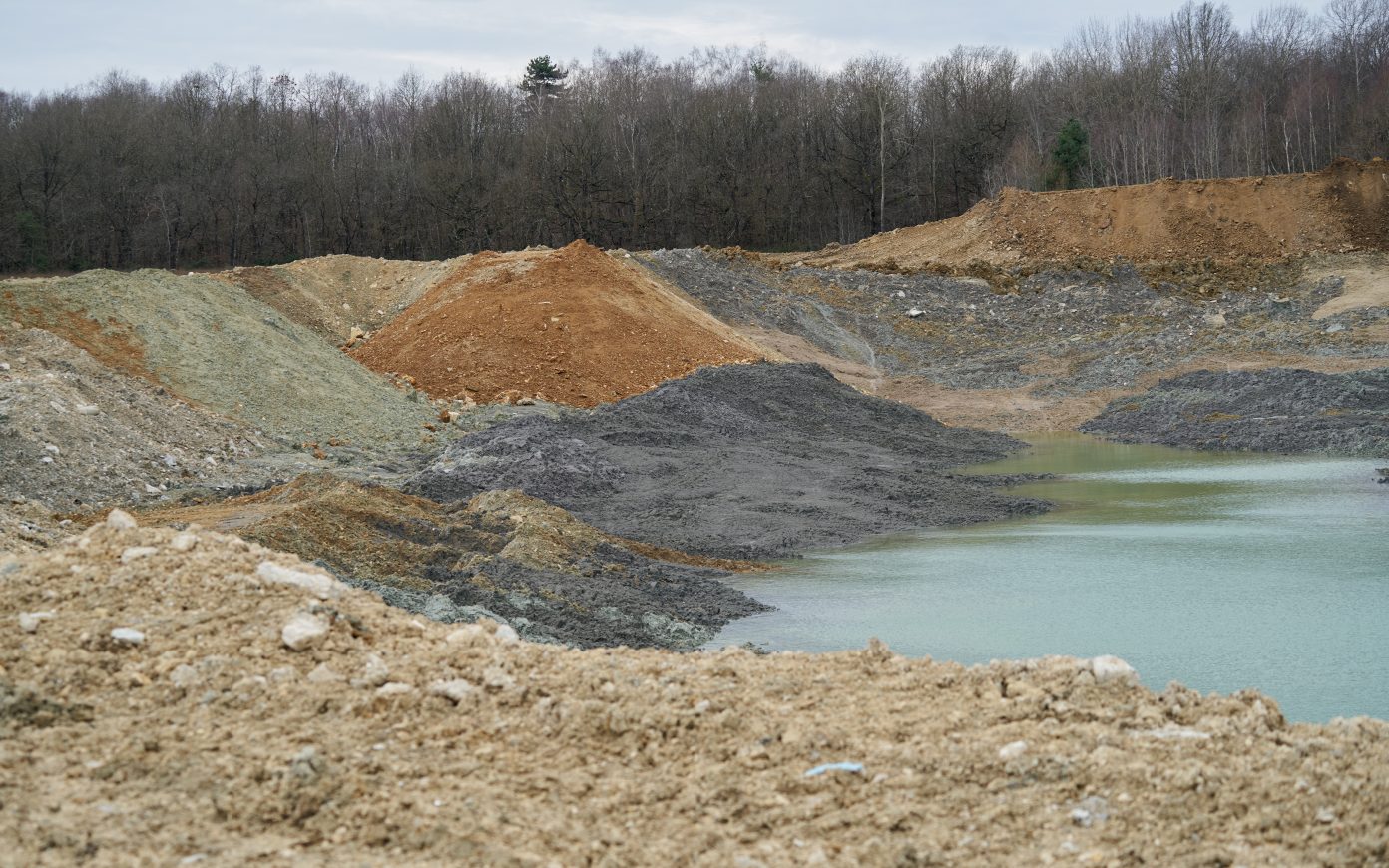You were also awarded the Taichung Gateway Park in Taiwan, along with the architects Philippe Rahm and Ricky Liu. In an environment where the subtropical climate and pollution drives local inhabitants to seek refuge in air-conditioned spaces and to only enjoy public spaces at night time, you designed a park that could “rehabilitate daytime.” To do so, the project considered a certain number of parameters—including humidity levels, pollution, and the outside temperature—and invites users to use the space differently depending on the comfort levels achieved. Can living systems play an active part in improving urban atmosphere and comfort?
Plants are one of the parameters of urban comfort. An element or a situation must, in my opinion, have a variety of functions and never only serve one objective. Philippe Rahm designed devices that control the atmosphere: mist blowers, dehumidifiers, and reflectors. We reworked the topography over 70 hectares, as well as the quality of the soil and the water. The stormwater runoff from the 250 hectares of impervious surfaces of Stan Allen’s new district had to be managed, all the more so given the humid subtropical climate in which the monsoon has a major impact on urban areas. Like most recently designed urban parks, this one is intended to be a “sponge” in the very heart of the city, in order to mitigate flood risks.
The easiest way to soak up water is to create mounds and troughs in order to capture the water as close as possible to where it falls. When rainwater does not rapidly soak into the soil, the raindrops rapidly go from trickle to torrent. The trough-like swales collect the runoff and act as retention basins; they also form cool spaces. We were required not to transfer any excavated material out of the park; the merit of the project was therefore to make the best use of the existing resources. We brought in macro and micro topographies with earthworks that introduce “hills” and “mountains” that are up to fifteen meters high. This topography will offer a welcome escape from the future skyline of the neighboring business district, which will loom large over the park, but also provide overpasses and underpasses to separate various traffic flows. Other macro topographies form “draperies,” up to two hectares in size, that offer refuge from the sun. These areas provide a cool respite from the heat similar to that of a cathedral or a cave during the summer.
The project acts on a variety of parameters, ranging from temperature/humidity and pollution to site topography and soil characteristics, which are are put to use for rainwater management purposes. Comfort zones were distributed, among other things, according to the impact of the skyline of the future business district on temperature—in terms of shadow effects and air flows—as well as the tree belt and the swales used for stormwater collection. All of this aims to mitigate heat stress. To do so, we have chosen trees with very large leaves and wide canopies, which provide dense, cool shade. Other trees, such as Phellodendron amurense, grow cork that mitigates the noise pollution of car traffic, while the downy trichomes of the leaves and stems of some species such as Paulownia x taiwaniana collect air pollution particles. A plant cannot in itself reduce air humidity but acts as a vector of transit and transformation, in accordance with its particular physiognomy. The stipes of the tree fern and the aerial roots of the fig trees soak in the ambient humidity but, if only for the local wind effects and climatic variations, which are now very numerous, any precise control in an open urban environment is a pipe dream; in contrast, this can be achieved in a closed air-conditioned space. In this case, the extremes are mitigated thanks to the crude outline of the design but not eliminated altogether. Lastly, the palette of the tree and shrub layers of the swales, which boast more than 40,000 plants, uses phytoremediation to treat the polluted surface waters.
The types of plants are thus combined with a variety of parameters and cannot deliver a service in an isolated or solitary manner. The tree layer, made of roughly 12,000 plants, interfaces with the design of the atmosphere and that of the lithosphere. Inevitably, these two strata complement one another and introduce cool areas away from the sources of pollution as well as water bodies. Paths with different purposes connect these places to one another. The most mildly polluted paths are given over to young children, families, and games. The most heavily shaded paths are conducive to leisure activities, encounters, and kiosks, and those that remain unflooded, even when 80 percent of the park is under water, accommodate athletic activities.







